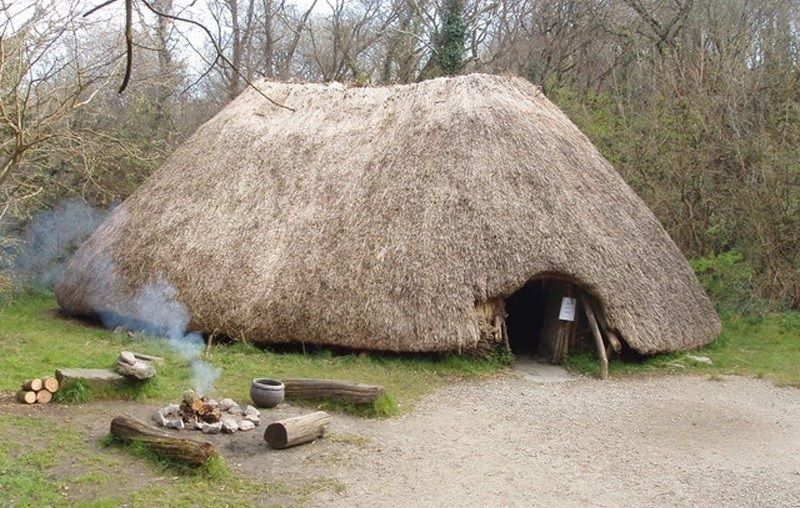Post by UKarchaeology on Sept 25, 2015 20:08:00 GMT

New research from the University of Bristol (southwest England), has revealed the antiquity of Irish dairy farming. Published in the Journal of Environmental Archaeology the research shows that dairying on the island goes back approximately 6,000 years, revealed through traces of ancient dairy fats found in pots dating to around 4,000 to 2,500 BC.
500 Neolithic pots
Dr Jessica Smyth of Bristol’s School of Chemistry analysed nearly 500 pots from the Neolithic, the period when people switched from hunting and gathering to farming. In Britain and Ireland, this change occurred around 4,000 BC, more than 1,000 years later than on the European Continent. The Bristol team use a combination of fat or lipid ‘fingerprinting’ and compound-specific carbon isotope techniques to identify the origin of fats preserved in the walls of prehistoric cooking pots.
Dr Smyth, who led the study, said: “We know from previous research that dairying was an important part of many early farming economies, but what was a big surprise was the prevalence of dairy residues in Irish pots. It looks to have been a very important food source.”Ninety per cent of the residues tested for fat origin were found to be dairy fats, with ten per cent found to be meat fats (beef or mutton) or a mixture of milk and meat.
Dr Smyth added: “People can obviously cook meat in other ways than boiling it in pots, and there is plenty of evidence for cereal processing at this time, but the Irish dairy signal remains very striking, particularly when you compare it with the continental European data sets. Ireland really does seem to go mad for milk in the Neolithic.”
Milk is still a traditional and valuable food in Europe today, produced by over 30 million dairy cows and representing 14 per cent of the value of European agricultural production [2011 figures]. Six thousand years ago, dairying in Ireland looked very different.
Not native
Dr Smyth said: “We know that settlements were small in the Irish Neolithic, usually one or two houses, so it’s likely that early farming groups had just one or two animals supporting the household with their products, which were perhaps part of a wider community herd.”
Such results are even more significant given the fact that domesticated animals such as cattle, sheep and goats had to be physically shipped to Ireland as part of the process, as these animals were not native to the island.
“These are a very determined group of pioneer farmers. They are setting up everything from scratch, and taking a significant gamble with their livelihoods and those of their dependants,” Dr Smyth said.
It would appear that the Irish love of dairy products is very ancient, and the suitability of the island for dairy farming was recognised early in prehistory.
(pic/sourse at: www.pasthorizonspr.com/index.php/archives/01/2015/dairy-was-an-important-food-source-in-the-irish-neolithic )
